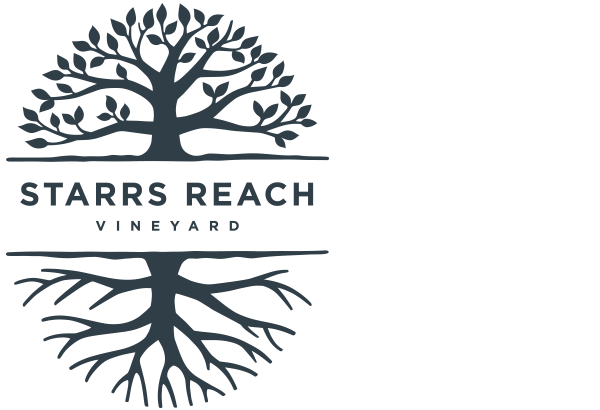SUSTAINABLE FARMING

At Starrs Reach Vineyard we believe that what happens below the ground is equally important as what happens above the ground. With an innovative approach and agri-ecological focus, we strive to work with age old natural processes to regenerate and improve the health of our land for future farming generations.
The warm and dry climate in the Riverland allows for low inputs and minimal intervention in the vineyard. The vineyards are dependent on water for irrigation from the Murray River, however making every drop of water count is the focus of every day.
Irrigation is completely automated and soil moisture monitoring and smart scheduling technology allow water inputs to be micro-managed to allow optimal productivity and enhanced fruit flavour and composition in a changing climate.
All vineyards areFreshcareaccredited to theFood Safety and QualityStandard and more recently gained accreditation to theSustainable Winegrowing Australia - SWAwhich is an internationally recognised environmental management standard. This continuous improvement system will enhance soil and vine health while minimising our ecological footprint through the carefully managed use of energy, crop nutrition and water.
In addition to this, Starrs Reach Vineyard care for and manage over 80 hectares of Murray River floodplain and heritage listed, Mallee highland vegetation. We believe that these areas provide balance to our vineyard ecosystems while doing our bit to preserve flora and fauna important to our region.
ECOVINEYARDS
Starrs Reach Vineyard is one of three Riverland ‘EcoGrowers’ selected to participate in the EcoVineyards project, a partnership between Retallack Viticulture, Winegrape Council of South Australia, and Riverland Wine. Our project involves reinvigorating an old River Red Gum and Black Box tree line along a flood runner creek with locally occurring understorey and ground cover species adjacent to the planting of Sauvignon Blanc. We aim to blur the boundary between vineyard and natural ecosystem by adding flowering ground cover species under vine to build a native insectary of good bugs, suppress weeds, improve organic carbon levels and reduce sunburn and heat stress in extreme weather events.
YATCO WETLAND LANDCARE GROUP
The Mason Family are founding members of the Yatco Wetland Landcare Group which championed a major wetland and irrigation infrastructure project under the Riverine Recovery Program to allow the adaptive management of the third largest wetland in the South Australian Murray Darling Basin. The project showcases farmers and the environment working together to achieve healthy ecosystems alongside sustainable production systems.
This project alone generates an annual water saving of 3 gigalitres of water, the installed regulators allow the water level to be manipulated mimicking the natural wetting and drying cycles that would have occurred before locks and weirs regulated the Murray River. The regulators also result in a reduction in European Carp numbers allowing native fish species such as Murray Hardy head to repopulate while Southern Bell Frog and Black Swans are also thriving in the improved conditions.
ALTERNATIVE ENERGY
Energy in the form of electricity is the second largest input behind irrigation water on our vineyards. In the face of a changing climate, it is important that we work to reduce our energy footprint and increase our energy security with alternative energy options. Harnessing the natural asset of sunshine hours makes sense in the Riverland. A 100 kvA solar farm at the Litchfield property is covering 70% of our energy inputs and costs for pumping irrigation water from the Murray River.
Our irrigation infrastructure is state of the art and regularly maintained to ensure it operates at its potential while our solar farm reduces our reliance on the electricity grid. A diesel generator provides another alternative for irrigation energy when the electricity grid is at its peak or not in operation. Further investment in solar energy will allow our vineyards to reduce non-renewable energy inputs to a target of 50% overall vineyards by 2025.
Liquor Licence Number: 57613414
